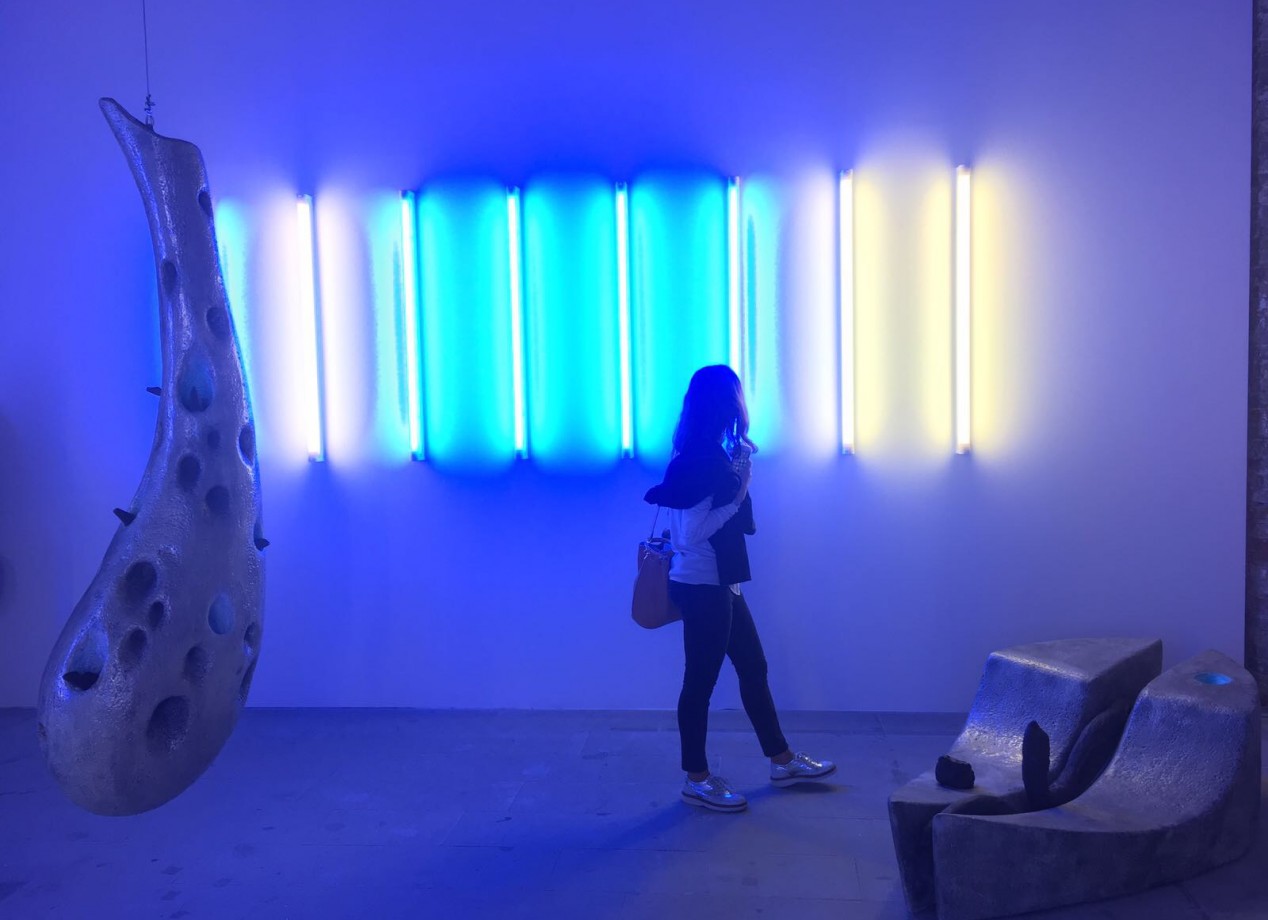As the era of technology continues to envelope and influence all fields and industries, the art world must effectively understand and adapt to these changes or risk being left behind the times. Sotheby's Institute alumna Christina Steinbrecher-Pfandt, examines the world of crypto art and the role of digital art in recent times.
Christina Steinbrecher-Pfandt graduated in 2007 from Sotheby’s Institute of Art with a Master of Science in Contemporary Art. With more than 15 years of experience building art marketplaces, she is currently the CEO of Blockchain.art (BCA), which is a blockchain-supported marketplace and e-commerce solution for galleries, museums, and artists. BCA seeks to make transacting digital artworks on the blockchain “intuitive and sustainable”. In addition to BCA, Steinbrecher-Pfandt was co-founder and executive director of the art fair Viennacontemporary in 2015 that raised over $12 million and won a place in the top 10 must-visit art fairs on the global art circuit. In addition to these experiences, Steinbrecher-Pfandt worked as managing and artistic director for well-known fairs, curated projects with leading international art institutions, and currently sits on the boards of a few notable art foundations.
Steinbrecher-Pfandt’s first inquiry into the world of crypto art began in San Francisco in the summer of 2017 where she viewed the CryptoPunks coming out and had the opportunity to speak with CryptoPunks’s co-founder Matt Hall. In Steinbrecher-Pfandt’s current role as CEO of BCA, she is able to shed some light on the skills necessary to be successful in the art and tech industry. First, being open minded and having a strong capacity to learn is crucial. Second, having a long and mid-term perspective in addition to a short term perspective is important especially in a space that is growing so rapidly. Finally, Steinbrecher-Pfandt believes that it is necessary to “[embrace] tech for what it can do right now…understanding that tech is constantly evolving”. This last point touches on the dynamic, ever-evolving nature of technology and how important it is to stay in touch with the present while looking forward to the future. The intersection of art and tech will likely continue to be a progressive and high growth area for a number of years, mostly because of the influence of technology on the evolution of the traditional art world.
Looking at NFTs, Steinbrecher-Pfandt examines the role of digital art in recent times. She notices the rapid growth in interest of digital assets, particularly from venture capital firms who have since 2020 increasingly embraced them. This is one example of how the world is beginning to lose some of its initial skepticism and becoming more accepting of NFTs and blockchain technology. Steinbrecher-Pfandt stresses that the art ecosystem still needs to participate as a whole and ask the difficult questions. One particular question stands out to her: what is the ecological footprint of blockchains? This question is an important issue that cryptocurrency exchanges have already begun to address, so it is necessary that art markets seek an answer as well. As the world’s environmental condition arises as an important variable, NFTs and the art market must take such external considerations into account.
